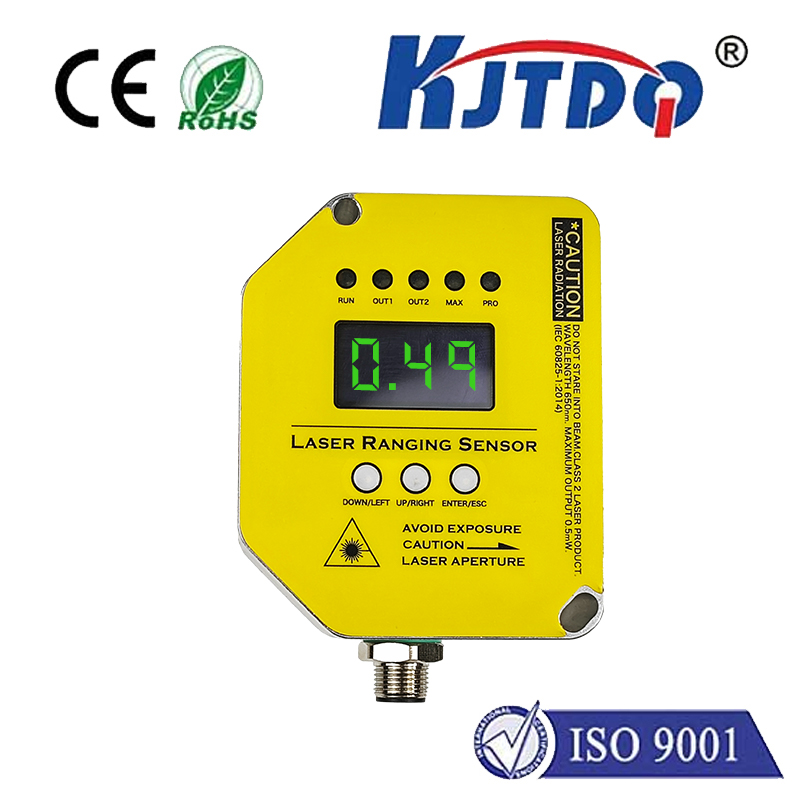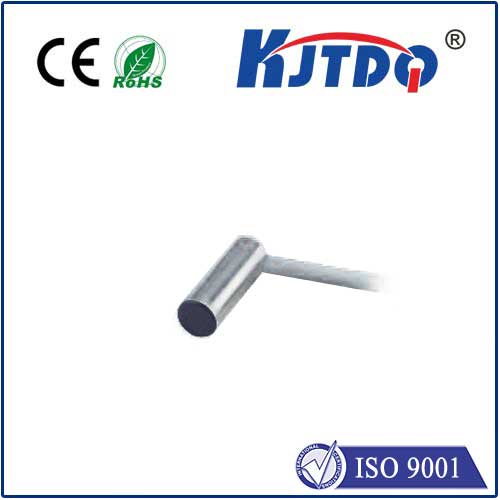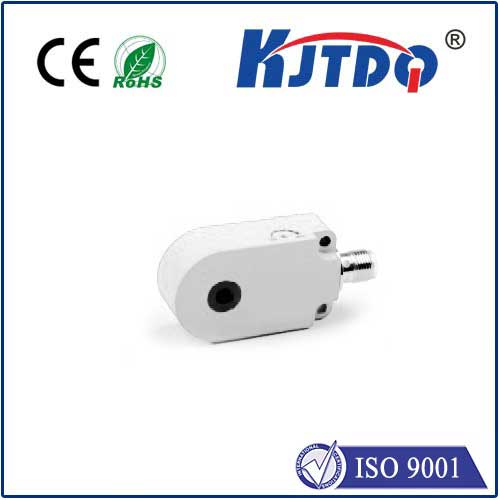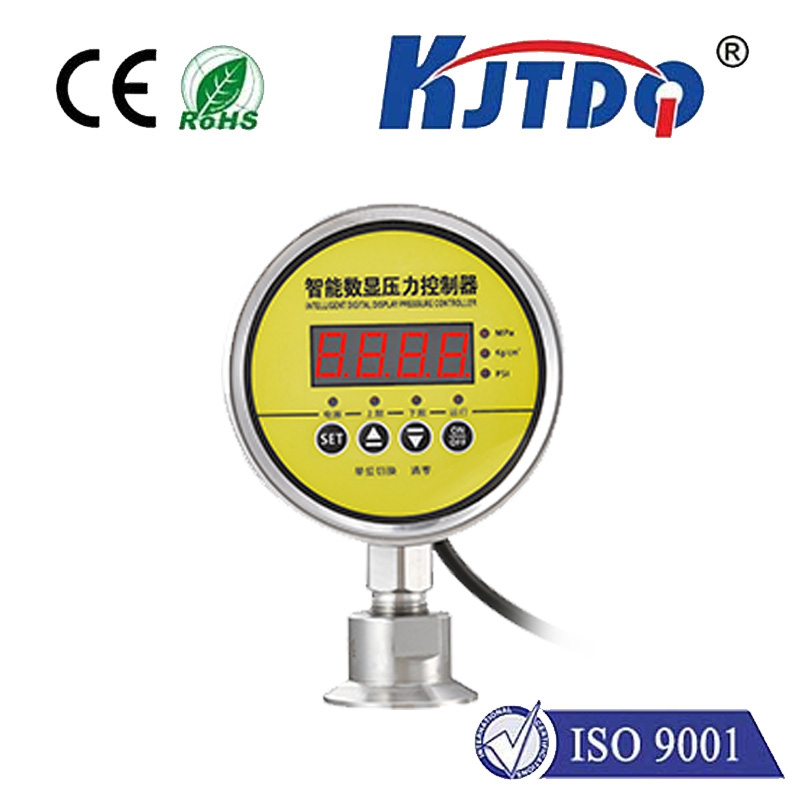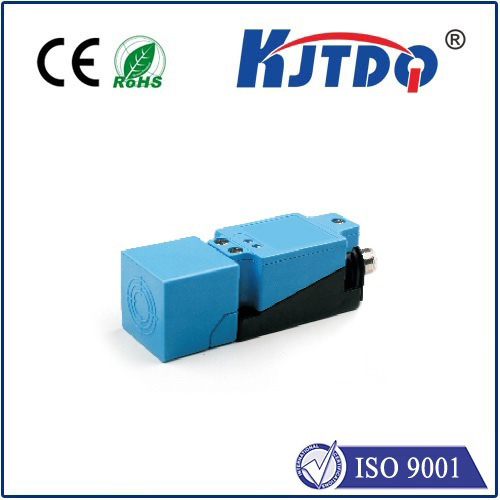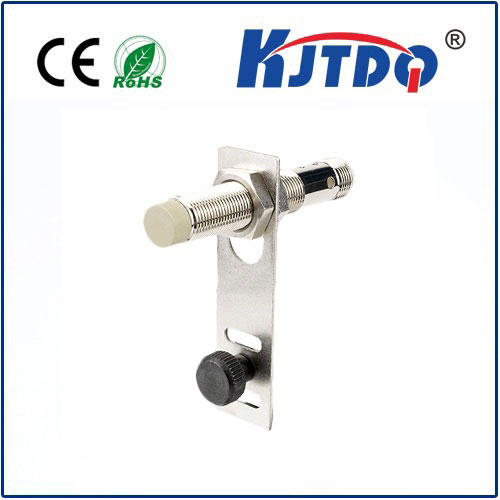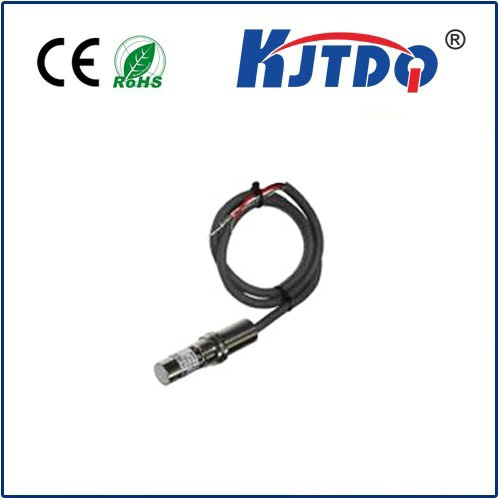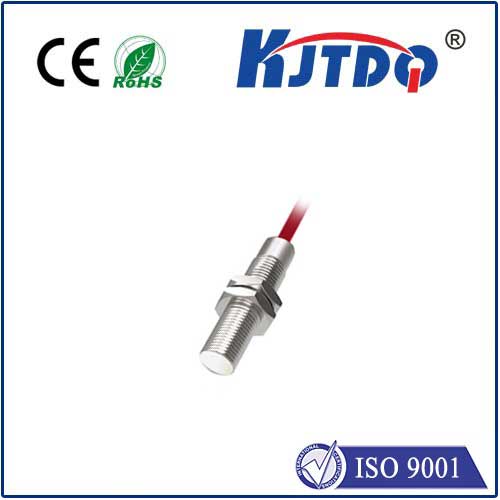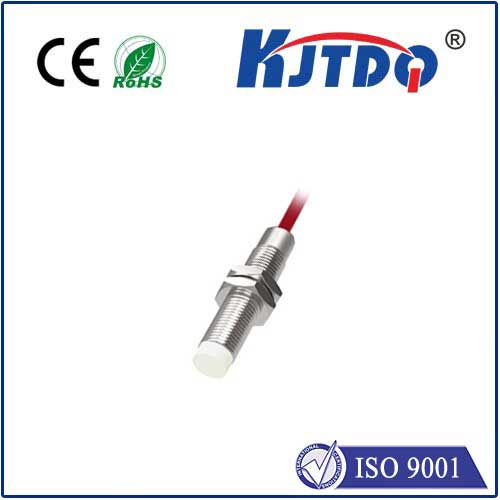
check

check

check

check
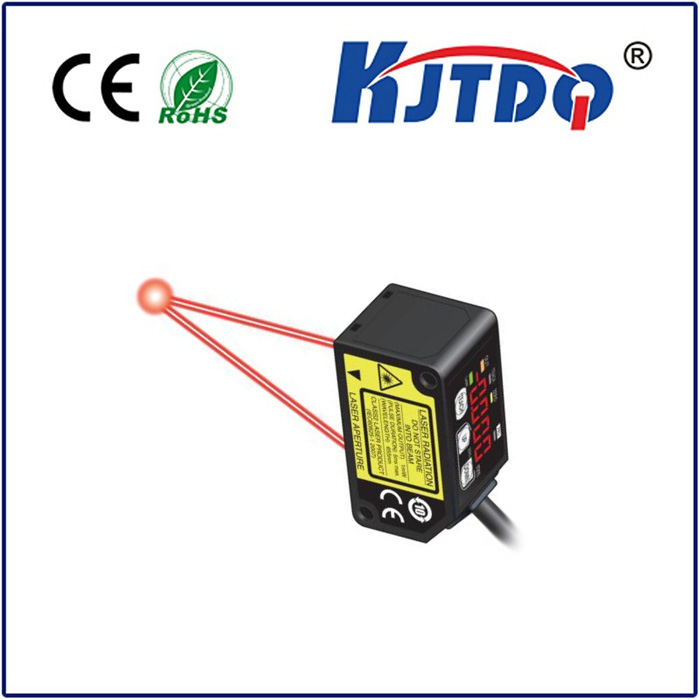
A laser displacement sensor is a sensor that uses laser technology to measure the displacement or distance of an object. It usually consists of a laser transmitter, receiver and processor. The working principle of the laser displacement sensor is based on the reflection or scattering of laser light. When a laser pulse is emitted from the transmitter onto an object, it is reflected or scattered by the surface of the object and returns to the sensor's receiver. There are two measurement methods for laser displacement sensors: laser triangulation method and laser echo analysis method:
1. Principle of laser triangulation method
● Laser triangulation is a displacement measurement method based on optical principles. The principle is to use the reflection or scattering phenomenon of the laser beam on the object to be measured to calculate the position and height of the laser irradiation point on the surface of the object, and to measure the displacement of the object by monitoring the position change of the irradiation point. The specific principles are as follows:
● Laser irradiation: A laser beam is irradiated on the surface of the object to be measured at a certain angle, and the laser beam produces a spot on the surface of the object.
● Spot imaging: Imaging the spot on the surface of an object from another angle. CCD photodetectors are usually used to capture the image of the light spot, and the position of the light spot image can reflect the incident angle of the light.
● Angle calculation: According to the position of the spot image, the incident angle of the main light ray can be calculated. This can be achieved by measuring the offset or angle of the spot image relative to a reference point.
● Displacement calculation: By measuring the position difference or angle difference of the light spot image before and after the object's displacement, the object's displacement can be calculated. Typically, correlation calculation methods or trigonometric calculation methods can be used.
The advantages of laser triangulation are non-contact measurement, high accuracy, fast response and suitability for objects with various surface properties. With the development of electronic technology and the improvement of lasers, CCDs and other devices, the performance of laser triangular displacement sensors continues to improve, while the size continues to shrink and the cost continues to decrease. Therefore, it is gradually realizing the transformation from research laboratories to practical applications.
2. Principle of laser echo analysis method
● Laser echo analysis is a method that uses the time difference of laser pulses to measure distance. The principle is as follows:
● Emit laser pulses: The laser displacement sensor sends laser pulses to the measured object through the laser transmitter.
● Receiving laser echo: The laser pulse is reflected or scattered on the surface of the object being measured, and returns to the laser receiver of the sensor.
● Calculate time difference: The processor unit calculates the time required for the laser pulse to be transmitted to the receiver, that is, the time for the laser echo.
● Calculate distance: Based on the propagation speed of laser in vacuum and the time difference of laser echo, the distance of laser from sensor to measured object can be calculated.
● Average output: In order to improve measurement accuracy, thousands of measurement results are usually averaged to eliminate noise and random errors.
The laser echo analysis method is suitable for long-distance displacement measurement, such as height measurement of buildings, deflection detection of bridges, etc. However, compared with the laser triangulation method, the measurement accuracy of the laser echo analysis method is relatively low and may be affected by factors such as laser beam diffusion and changes in surface reflection characteristics. Therefore, when selecting an appropriate displacement measurement method, factors such as measurement distance, accuracy requirements, and environmental conditions need to be comprehensively considered.
What are the applications of laser displacement sensors?
It can measure precision geometric measurements such as displacement, thickness, vibration, distance, diameter, etc. Laser has the excellent characteristics of good straightness, and the laser displacement sensor has higher accuracy than our known ultrasonic sensors. However, the laser generation device is relatively complex and large in size, so the application range of the laser displacement sensor will be strict.
